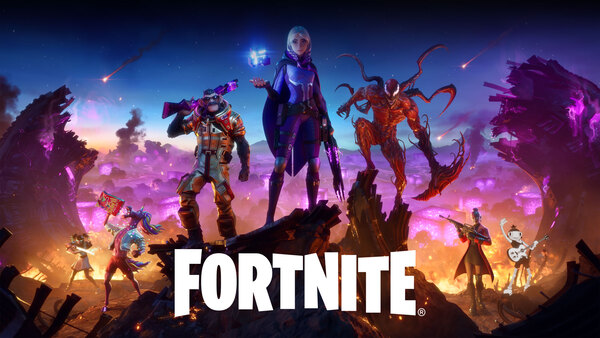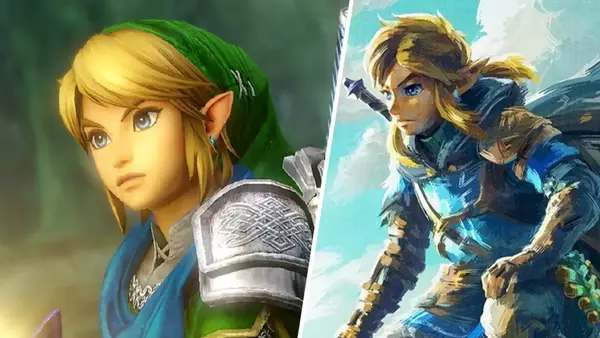Advertisement
Popular Now
Introduction
Fortnite’s introduction of the Battle Pass system in 2017 marked a significant shift in game monetization, offering a tiered reward system that has since influenced numerous other games. This article provides a detailed examination of the Battle Pass system in Fortnite, exploring its development, effects on gameplay, and the varied responses from the player community. The Emergence of the Battle Pass System
Initial Concept and Reception
The Battle Pass system in Fortnite introduced a novel approach to monetization. By offering players a structured progression through tiers with cosmetic rewards, it aimed to enhance gameplay while avoiding the pitfalls of traditional loot boxes. Players could advance through tiers by completing challenges and earning experience, or they could purchase the pass to accelerate their progress.Initial Success
Upon its launch, the Battle Pass was met with enthusiasm. It provided clear and valuable rewards and was well-received for its transparent structure. This initial success set a new standard for game monetization, leading other developers to adopt similar systems. The Evolution of the Battle Pass SystemSeasonal Updates and Expansions
Fortnite’s Battle Pass evolved over time, with each new season introducing fresh themes, challenges, and rewards. The system incorporated collaborations with popular brands and franchises, adding exclusive content that kept players engaged. However, these updates also led to criticisms regarding increasing costs and complexity.Challenges and Criticisms
As the Battle Pass became more elaborate, concerns arose about its fairness. Players began to feel pressured to spend more money or play excessively to unlock all the rewards. This shift sparked debates about the impact of such systems on player experience and game accessibility. Impact on Gameplay and Player ExperienceMonetization vs. Player Engagement
The Battle Pass was designed to balance monetization with player engagement. By offering purely cosmetic rewards, it aimed to avoid a "pay-to-win" model. However, the increasing complexity and cost of passes led to heightened pressure on players to invest time and money, potentially disrupting the intended balance.
Player Pressure and Accessibility
Some players experienced significant pressure to keep up with seasonal content, leading to frustration, especially among new or casual players. The need to constantly engage or spend to stay current created barriers for those who could not commit extensive time or financial resources. Community ResponseFeedback from Players and Critics
Community feedback on the Battle Pass system has been diverse. While many players appreciate the structured rewards and clear progression, others criticize the system for encouraging excessive spending and play. These mixed reactions reflect broader concerns about the system’s impact on player behavior and game experience.Positive and Negative Reactions
On the positive side, players value the transparency and motivation provided by the Battle Pass. On the other hand, criticisms focus on the pressure to spend and the potential exploitation of players’ psychological tendencies, raising questions about the system’s fairness and ethics. Financial ImpactRevenue Growth for Epic Games
From a financial perspective, the Battle Pass system has been highly successful for Epic Games. The steady revenue from Battle Pass sales has allowed for ongoing investment in Fortnite and other projects. This financial success highlights the system’s effectiveness in generating substantial and sustained revenue.Challenges and Future Outlook
Despite its success, the Battle Pass system faces ongoing challenges. The competitive gaming market requires Epic Games to continually adapt the system to address player feedback and evolving market trends to maintain its effectiveness and appeal. Regulatory and Ethical ConsiderationsRegulatory Scrutiny and Ethical Issues
The widespread adoption of the Battle Pass system has drawn regulatory scrutiny and raised ethical concerns. Governments and organizations are increasingly examining the impact of such monetization strategies, especially on younger players, focusing on transparency and responsible gaming practices.


















